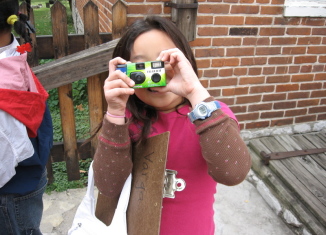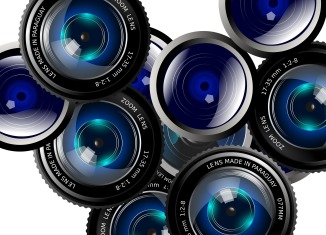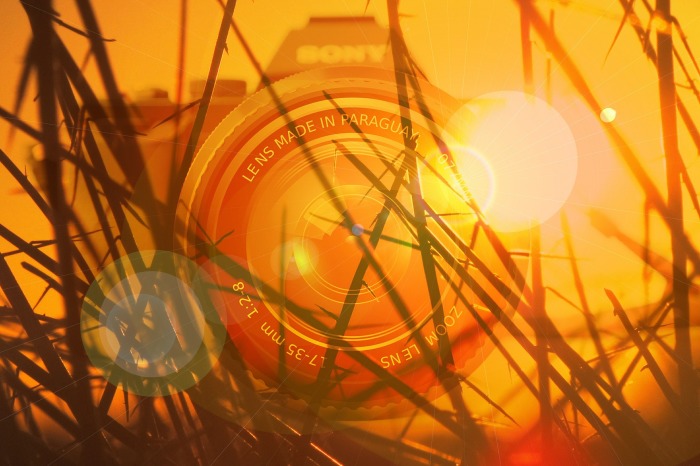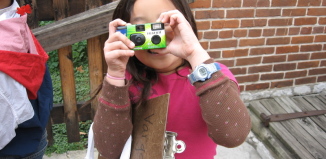Photography requires a few skills to make your prints look professional. One part of making a print professional is lighting. Lighting in photography takes a little planning and understanding of a few techniques. You best subject or object might not turn out that way if the proper light does not help to laminate the area. Below are a few tips on using light for photography.
First you must decide if you will use artificial or sunlight. If you are using sunlight you will rely on the Kelvin scale to determine the temperature of light and therefore the color of light. The color of light is important to maintaining the colors you see around you. For instance the warmer the light the redder the light will be, thus you may need to pick the time you will go out and shoot photographs. Outdoor lighting offers so many different times to take pictures depending on your need.
Next a photographer needs to understand the sun’s color scale. Pictures tend to lead the viewer towards certain feelings; often softer colors evoke more emotion. So understanding the suns impact on the colors will help you find the correct time of day. The sun evokes blue hues in the morning hours, while closer to noon you will find more neutral colors. The neutral colors can take away some of the definition you want in your print. Knowing how you want to shot the picture will also help you determine when you wish to take the shot.
When using natural light you will need to work with the angle and direction of the sunlight. If the sunlight is broad and diffused you will have softer shadows while the more narrow the light is focused the more shadow you can create. Often at noon when the sun is in mid arc you lose definition of the subject. The subject could look grainy. This is why shadow is used; the shadows can give you more quality to the print if used correctly. This adds to the beauty of your pictures.
You can also modify sunlight through certain techniques. Modifying sunlight when taking portraits outdoors requires the use of a background. You may wish for a breath taking landscape that will provide more composition to the photo. You may need to block the sun if it interferes with you or your subject’s sight. You might also bring in a white surface to fill the shadows. Landscape photography requires less work than usually natural light for portraits. In fact using natural sunlight for landscape photography without modifications can yield you a better photograph.
Landscape photography uses nature to provide the light and shadows. This is why you need to understand the light scale and temperature. Time is the most important aspect of using sunlight. To understand natural lighting you need to understand the affects the sun will have at certain times of the day. For instance if you are in a thickly vegetative forest the sunlight will have difficulty streaming in unless it is over head. You will have natural shadows in the forest and remember you can move around your subject to find the best angle with the sun.
Photography is an art that requires techniques and practice. Lighting is a major part of photography, especially when you are using natural light. Sunlight can bring plenty of shadows or take them away depending on the time of day. Knowing the best time to take a photograph depends on the sun’s angle. Photography is an interesting hobby and profession when practiced properly will give you plenty of prints for your home and others.
Whether you are a professional or a novice photographer, you want to produce some exquisite pictures with the proper lighting. With this in mind, choose your lighting according to your needs and the needs of your subject or object. Your pictures will be delightful with brightness when you use the best lighting situation.














